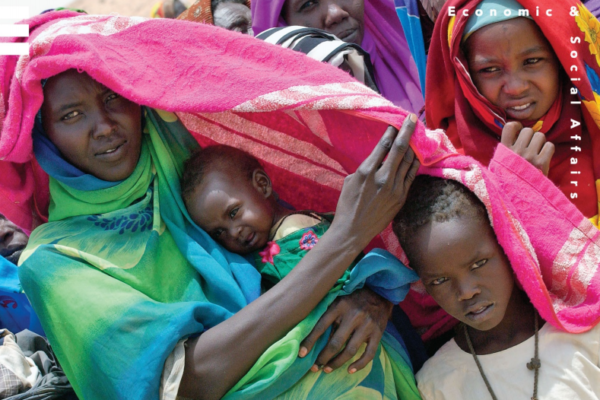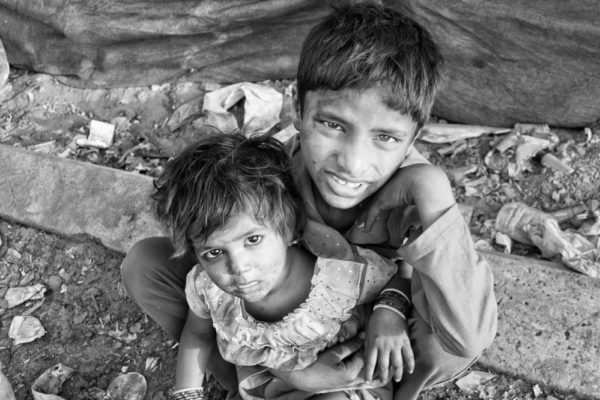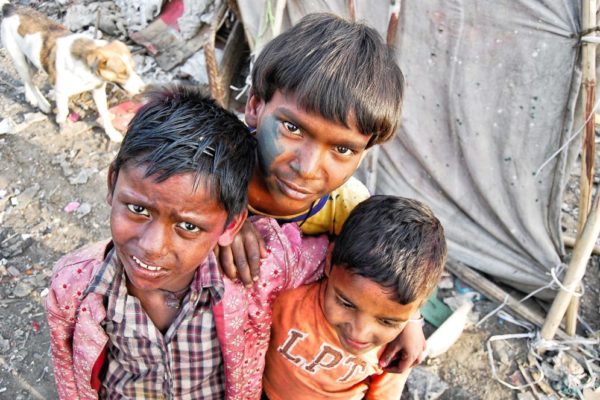Goals
EMERGENCY ACTIONS:
1 – To control human overpopulation on the globe as a universal cooperative effort, financed by rich countries. Although there are limited initiatives in China, the population increase in other populous countries such as India, Indonesia and some regions of sub-Saharan Africa, that remain without a permanent program for this purpose, due to cultural issues, conflicts or lack of financial resources. This agenda could be coordinated by WHO, UN, and funded by the G7 (Germany, Canada, United States, France, Italy, Japan and the United Kingdom). Methods and conditions for the control of birth and fertility rates must comply with criteria that respect human rights and cultural standards in each country.
2 – To define richness accumulation ceilings and create mechanisms for their control, between people and between companies. Today, about 1% of the world’s population holds approximately 40% of the world’s wealth. Inequality exists within countries and among countries, across the globe. The concentration of wealth happens between people, between countries and between companies. There are companies that have a much larger equity and financial budget than many countries. This agenda should be organized and consolidated by the international and regional financial control bodies, together with the governments of each country (WTO, IMF, World Bank, Associations and Countries Blocks and governments of each country), with the moderation of the UN, WHO and related NGOs.
3 – To make access to scientific knowledge free in poor and developing countries. The scientific heritage of “Homo sapiens” must be disseminated as an important mechanism to make people and countries at risk less socially dependent and vulnerable. Nowadays, in order to access the relevant scientific articles, we have to pay more than 30 dollars (US$), and for researchers to publish in scientific journals of impact also costs very expensive, often only for a publication it is necessary to disburse more than 2,000 dollars (US$). In this way, the science has lost its focus, it has become elitist and keep a excluding politic, where a “cold war” between the countries and companies that hold the technologies is engaged. This agenda should be moderated by the TWAS (Academy of Sciences of Developing Countries) and other Associations for scientific progress and funded by countries with the highest scientific output (USA, UK, Germany, Japan) to provide not only access to scientific articles, but the encouragement of exchanges with students and scientists from the poorest economies in the world.
References to know more:
Allafta, H., & Opp, C. (2024). Climate Change Paradox: The Least Responsible for It Encounters the Most of Its Implications. Climate, 12(3), 38.
https://doi.org/10.3390/cli12030038 .
Bohannon et al. (2013) Who’s afraid of peer review. Science, 342:60-65.
Bonney et al. (2014) Next steps for citzen science. Science, 343: 1436:1437.
Çanakpınar, B., Kalelioğlu, M., & Günay, V. D. (2024). Semiotics and political discourse in the post-truth era. Language and Semiotic Studies, (0). https://doi.org/10.1515/lass-2023-0040 .
Earl et al. (2015) Weekly cycles of global fire: associations with the religion, wealth, culture, and insights into anthropogenic influences on global climate. Geophysical Research Letters, 42, 9579-9589. DOI: 10.1002/2015GL066383.
Fearnside, P.M. (2005) Deforestation in Brazilian Amazonia: History, Rates, and Consequences. Conservation Biology, 19, 680–688.
Galanakis, C. M. (2023). The “vertigo” of the food sector within the triangle of climate change, the post-pandemic world, and the Russian-Ukrainian war. Foods, 12(4), 721. https://doi.org/10.3390/foods12040721
Glanz et al. (2014) Spy Agencies Tap Data Streaming From Phone Apps. The New York Times, Jan., 27, 2014. http://nyti.ms/1jXjRc6.
Graham-Rowe et al. (2014) Identifying motivations and barriers to minimising household food waste. Resources, Conservation and Recycling 84, 15–23. http://dx.doi.org/10.1016/j.resconrec.2013.12.005.
Hare, B (2011) From Hominoid to Hominid Mind:What Changed andWhy? Annu. Rev. Anthropol. 2011. 40:293–309.
Haux et al. (2016) Exploring Possibilities for Transforming Established Subscription based Scientific Journals into Open Access Journals. Methods Inf Med 55, 481–487.
https://doi.org/10.3414/ME16-05-0010
Hughes, J. D. (2009) An Environmental History of the World: Humankind’s changing role in the community of life. Taylor & Francis e-Library. Second edition. 321 p.
Kaldor, M. (2007) The globalized war economy in: New and Old War. Stanford University Press, Second Edition. Pages 95-98.
Karwowski, K. J. (2024). The Competition Among Stars: Case Studies of American-Russian-Chinese Rivalry in Space Exploration. In Dealing With Regional Conflicts of Global Importance (pp. 314-330). IGI Global. Doi:10.4018/978-1-6684-9467-7.ch016
Kettle, C.J. and Koh, L.P (eds.)(2014) Global Forest Fragmentation. CAB International Library. 190 p.
Koyré, A. (2017) The politic function of modern lie. October MIT Press, 160: 143-151.
Lelieveld et al. (2015) The contribution of outdoor air pollution sources to premature mortality on a global scale. Nature 25, 367:384. doi:10.1038/nature15371.
Maiani, L. and Bonolis, L. (2017) The LHC Timeline: A Personal Recollection (1980-2012). The European Physical Journal, in press: 33p.
Murray, C. J.L. and Lopez, A.D. (eds.) (1996) The global burden of disease. WHO Library. 27 pages.
Pickett, K. E. and Wilkinson, R.G (2015) Income inequality and health: a causal review. Social Science and Medicine 128, 316:326. http://dx.doi.org/10.1016/j.socscimed.2014.12.031.
Reza et al. (2001) Epidemiology of violent deaths in the world. Injury Prevention 7,104–111.
Rogers, J. and Gibbs, R.A. (2014) Comparative primate genomics: emerging patterns of genome content and dynamics. Nature Reviews Genetics 15, 347–359. doi:10.1038/nrg3707.
Rudd, R. A. et al. (2016) Increases in Drug and Opioid-Involved Overdose Deaths – United States, 2010–2015. CDC 65, 1445:1452.
Scientific Journals into Open Access Journals. Methods Inf Med 55, 481–487
Sinyor, M. et al. (2017) Global trends in suicide epidemiology. Curr Opin Psychiatry 30,1–6. doi:10.1097/YCO.0000000000000296
Sun, J. et al. (2015) Incidence and fatality of serious suicide attempts in a predominantly rural population in Shandong, China: a public health surveillance study. BMJ Open 5, 1-7. doi:10.1136/bmjopen-2014-006762 1.
United Nations (2017) World Population Prospects, the 2017 Revision. UN/ ESA/P/WP/248, New York, 53 pages.
World Health Organization (2015) World health statistics 2015. WHO Library, printed in Luxemburg. 164 pages.
 Slogan goes here
Slogan goes here








